Silent Shadows in Suburban Backyards
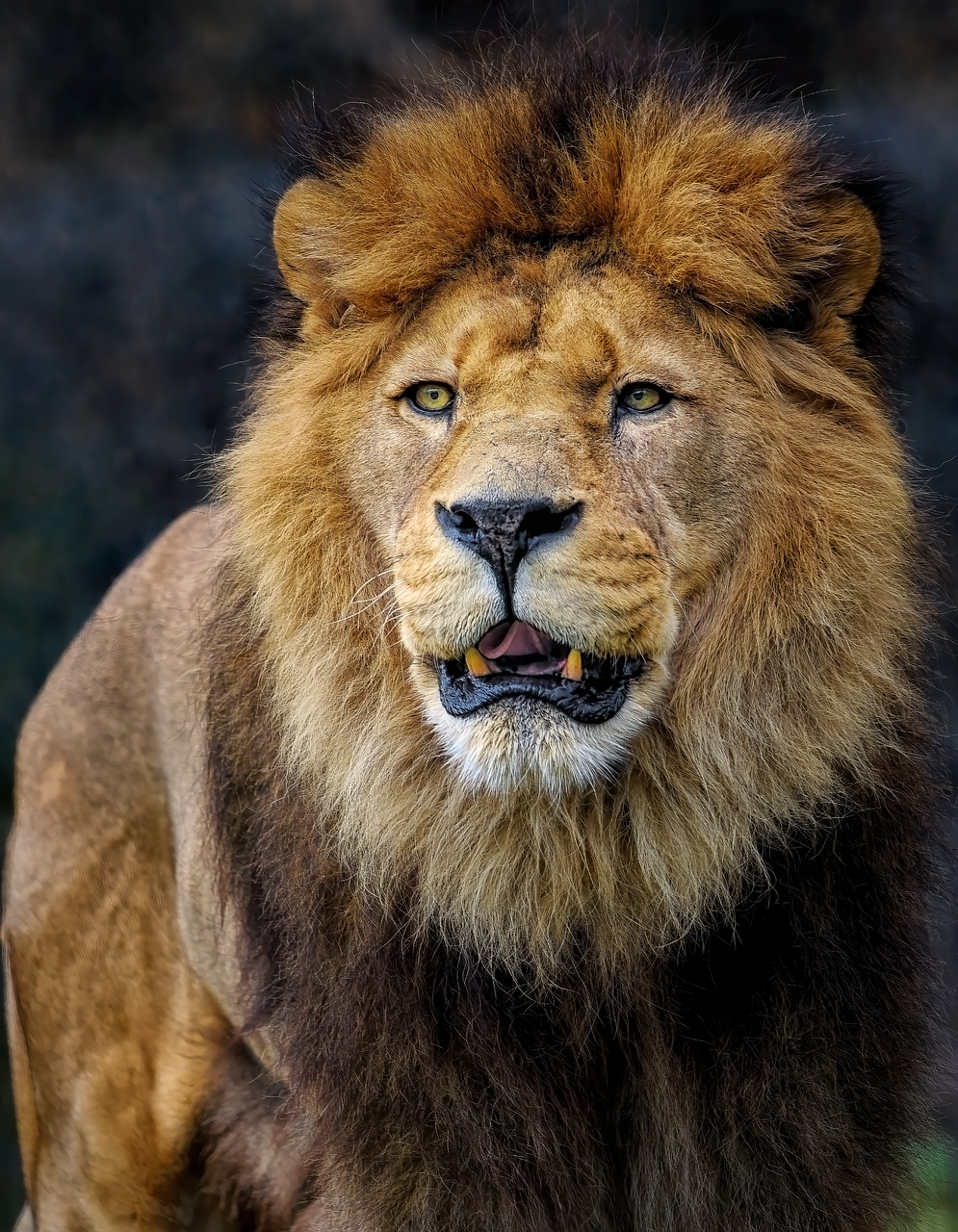
They move like ghosts through neighborhoods where children play and dogs bark behind fences. Mountain lions have mastered the art of urban invisibility, slipping through drainage systems and green corridors that most city dwellers never notice. These adaptable predators can travel miles in a single night, following ancient pathways that now cut through shopping centers and residential developments.
What’s truly remarkable is how they’ve learned to time their movements with human schedules. Peak mountain lion activity often occurs during the early morning hours when joggers hit the trails, yet encounters remain surprisingly rare. Their ability to coexist in our expanded urban landscape speaks to an intelligence that scientists are only beginning to understand.
The Stealth Hunters of Los Angeles

In the Hollywood Hills, camera traps capture mountain lions padding silently past million-dollar homes, their golden eyes reflecting the security lights of celebrity mansions. These cats have become the ultimate urban survivors, hunting deer that graze on manicured lawns and navigating territories that span both wild canyons and city streets.
The famous P-22, who lived in Griffith Park for over a decade, became a symbol of this remarkable adaptation. His territory included some of the most densely populated areas of Los Angeles, yet he managed to thrive in an island of habitat surrounded by freeways and urban sprawl. His story changed how we think about wildlife corridors in major cities.
Midnight Wanderers on the Prowl
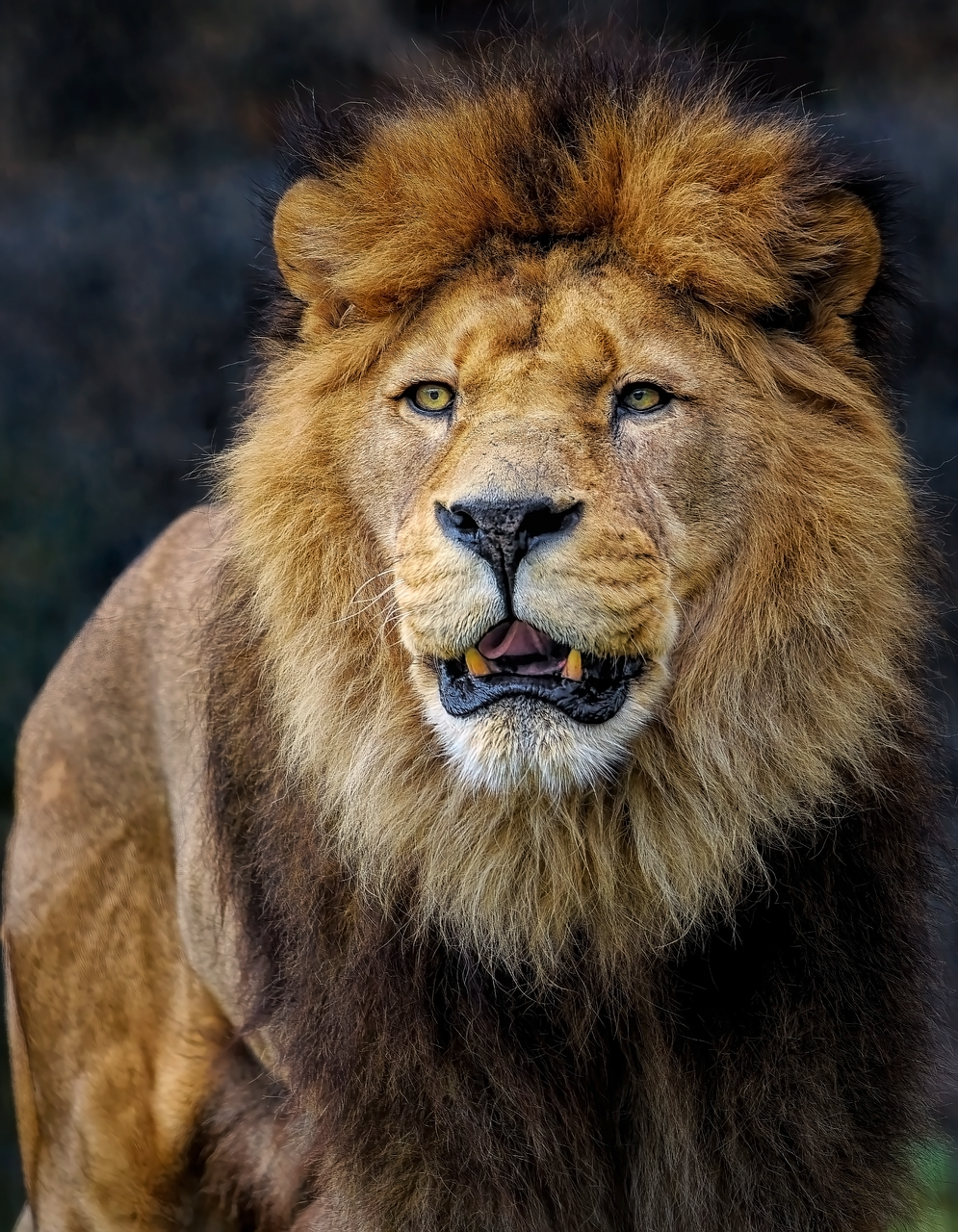
When darkness falls, mountain lions emerge from their daytime hideouts to begin their nocturnal hunts. Their padded paws make virtually no sound on asphalt, allowing them to move undetected through neighborhoods where residents sleep peacefully, unaware of the apex predator passing just yards away.
These midnight wanderers have adapted their hunting strategies to urban environments in fascinating ways. They’ve learned to use streetlights to their advantage, positioning themselves in shadows while their prey remains illuminated. Some have even been observed using storm drains and culverts as hunting corridors, following the scent trails of smaller animals through the city’s hidden underground network.
Adolescent Explorers Seeking Territory

Young mountain lions face the greatest challenges in urban environments as they search for their own territories. These teenage cats often make headlines when they wander into unexpected places – shopping mall parking lots, school playgrounds, or suburban pools where they stop for a drink.
Their journey to adulthood in human-dominated landscapes requires incredible courage and adaptability. Many don’t survive their first year, but those who do often become the most successful urban-adapted cats, having learned to navigate both the wild and civilized worlds from an early age.
The Freeway Crossers
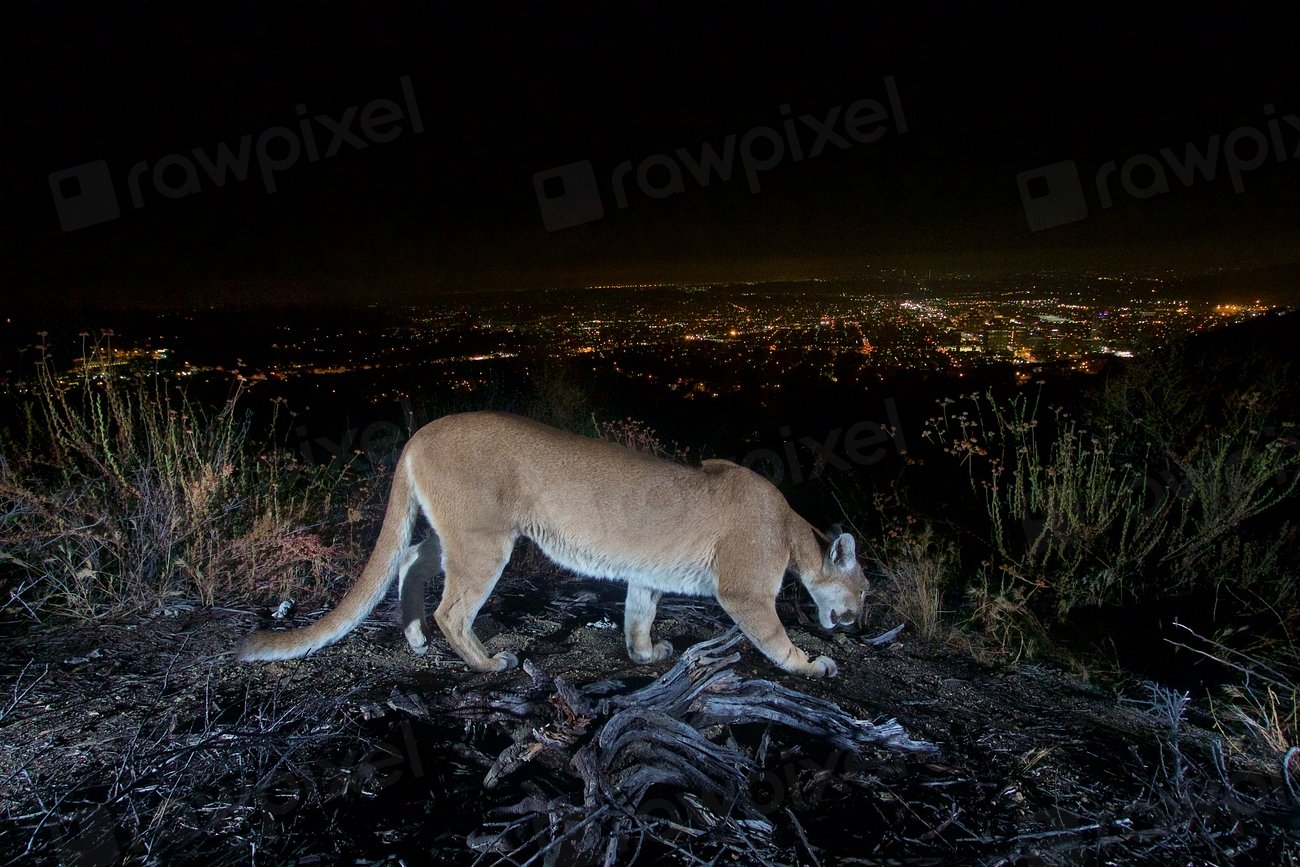
Perhaps no image captures the mountain lion’s urban struggle more powerfully than security footage of these big cats attempting to cross major highways. The construction of wildlife overpasses and underpasses has become crucial for their survival, creating safe passages through otherwise impassable urban barriers.
The upcoming Wallis Annenberg Wildlife Crossing over the 101 Freeway in California represents a groundbreaking effort to reconnect fragmented mountain lion populations. This project acknowledges that these cats aren’t just visitors to our cities – they’re permanent residents who deserve safe passage through their ancestral territories.
Mother and Cubs in Hidden Sanctuaries
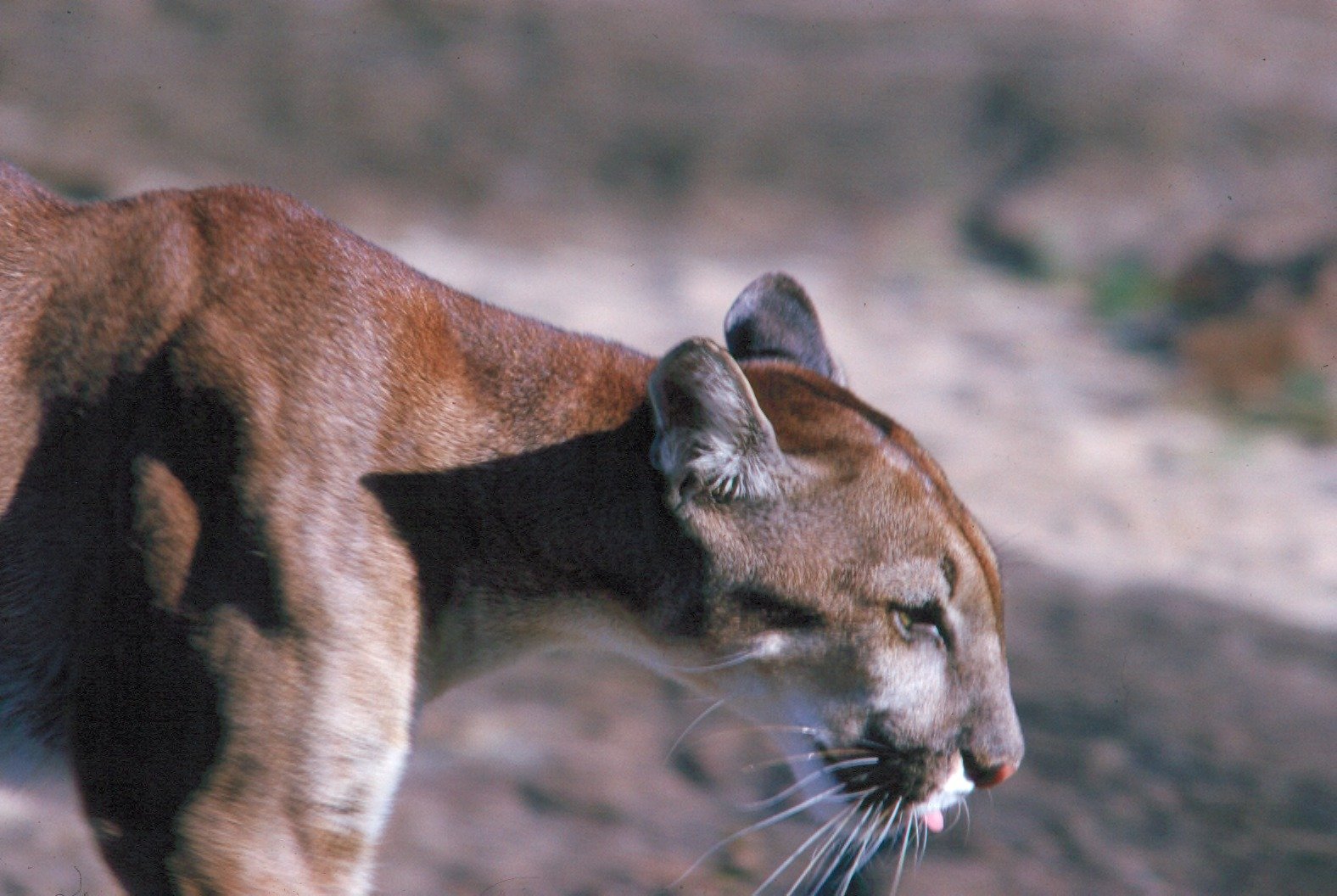
Female mountain lions raising cubs in urban areas display remarkable resourcefulness in finding secure denning sites. Thick vegetation in city parks, abandoned buildings, and even spaces beneath highway overpasses can become temporary nurseries for the next generation of urban-adapted cats.
These mothers must teach their young a completely different set of survival skills than their wild counterparts. Cubs learn to associate car sounds with danger, to avoid areas with high human activity, and to hunt prey that has also adapted to city life. The parenting challenges are immense, yet some urban mothers successfully raise multiple litters.
Dawn Patrol in the Concrete Jungle
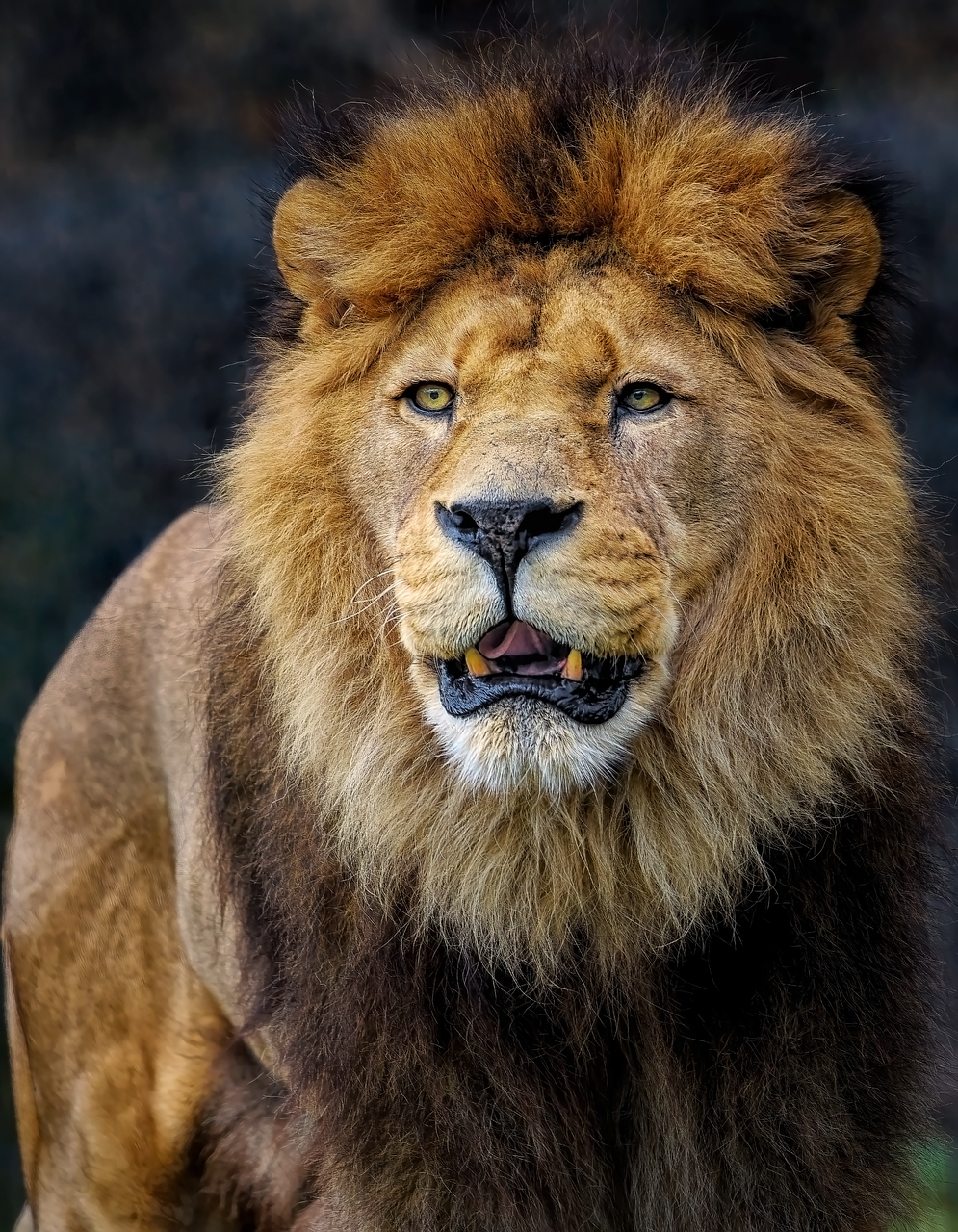
As the first light breaks over the city, mountain lions begin their retreat to daytime hiding spots. This golden hour often provides the best opportunities for photographers and researchers to document these elusive cats as they move through urban landscapes bathed in soft morning light.
Their choice of resting spots reveals their incredible adaptability. Thick brush in corporate office parks, rocky outcrops in residential areas, and even the spaces beneath highway bridges can serve as temporary refuges. Some cats have been tracked returning to the same urban hideouts for months, establishing routines that mirror their wild behaviors.
The Swimming Pool Visitors

Nothing surprises homeowners quite like finding mountain lion tracks around their backyard pool. These cats have discovered that suburban swimming pools provide convenient water sources, especially during dry seasons when natural water becomes scarce in urban areas.
Pool encounters highlight the mountain lion’s remarkable adaptability but also underscore the challenges they face. Many urban cats show signs of chronic stress from constantly navigating human-dominated environments, yet they continue to find creative solutions to meet their basic needs for water, food, and shelter.
Hunting in the Urban Forest

City parks and green spaces have become crucial hunting grounds for mountain lions, supporting surprisingly diverse populations of prey species. Urban deer, rabbits, and even feral cats provide sustenance for these adaptable predators who have learned to hunt in environments their ancestors never encountered.
The hunting strategies of urban mountain lions often differ significantly from their wilderness cousins. They’ve learned to use human-made structures for ambush points and have adjusted their timing to avoid peak human activity. Some have even been observed hunting near dog parks, where the presence of pets may attract prey animals.
The Fence Jumpers
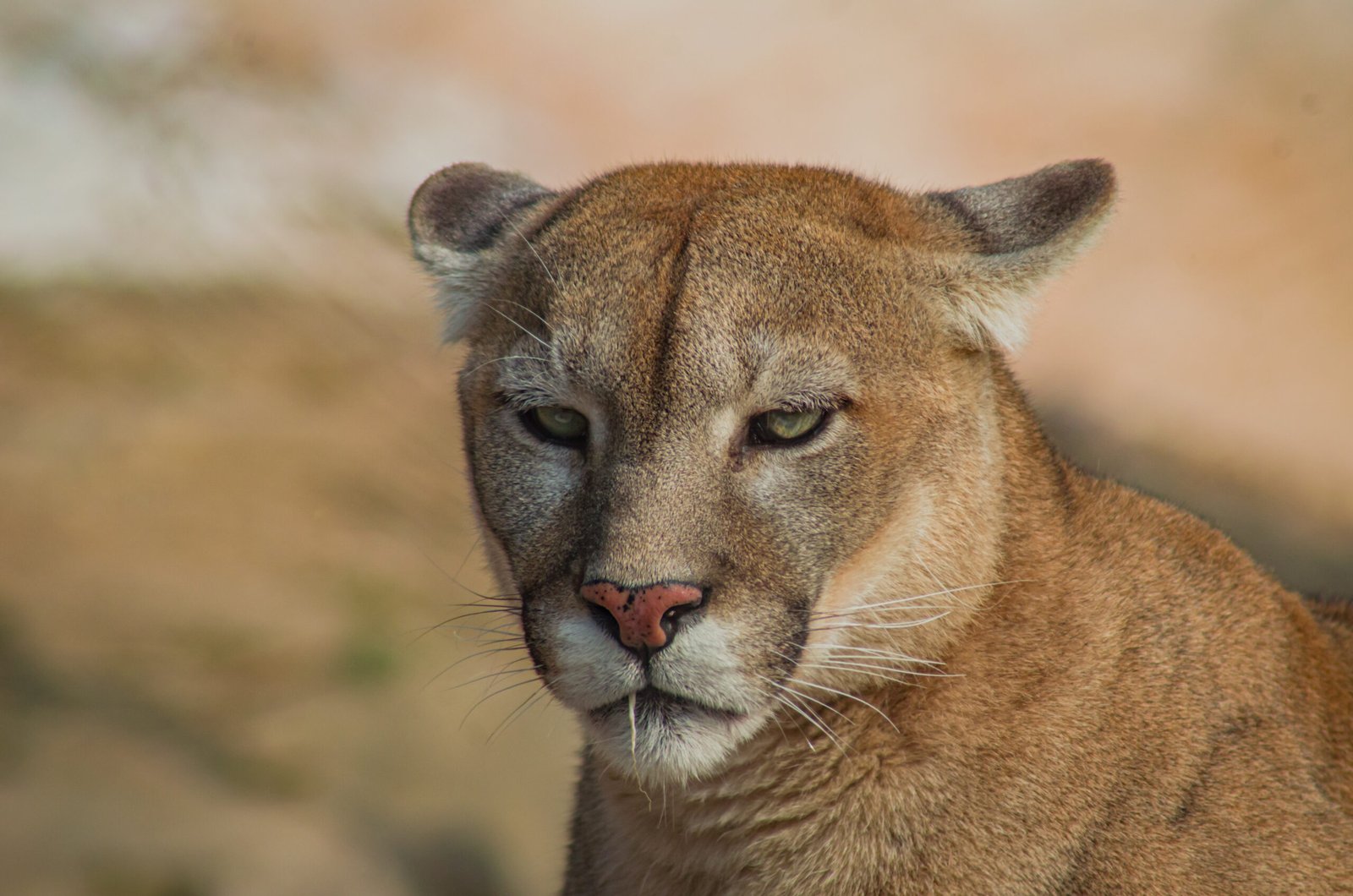
Mountain lions possess incredible jumping ability, capable of leaping vertically up to 15 feet, which makes most residential fencing ineffective at containing them. This athletic prowess allows them to move freely through neighborhoods, accessing backyards and private property with ease.
Their jumping skills have made them both feared and admired by urban residents. Security cameras regularly capture footage of mountain lions effortlessly clearing six-foot fences, reminding us that these are wild athletes perfectly adapted for navigating vertical landscapes, whether rocky cliffs or suburban barriers.
The Solitary Survivors
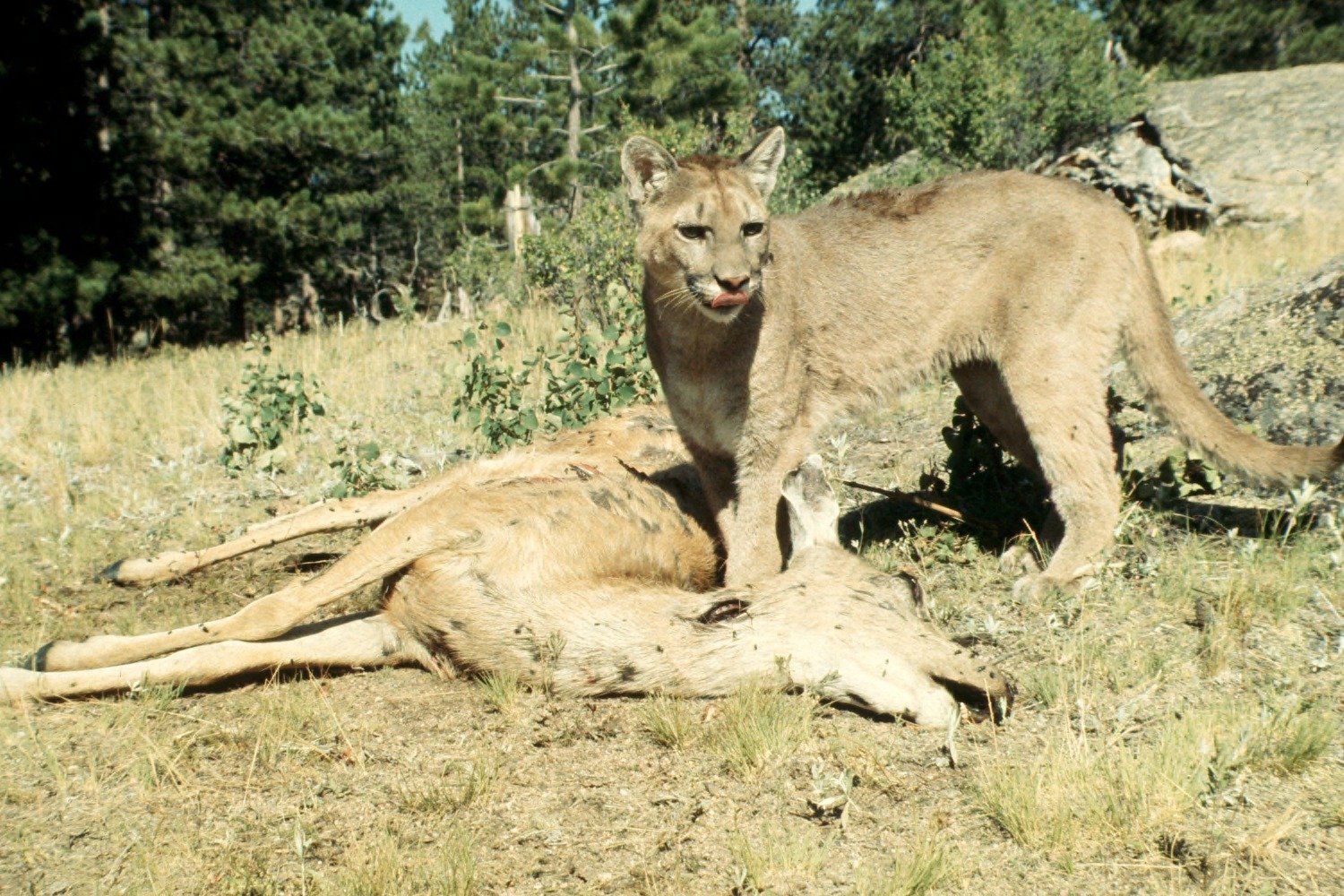
Unlike many urban wildlife success stories that involve social animals, mountain lions face the additional challenge of maintaining their naturally solitary lifestyle in crowded human environments. Each cat requires a large territory, creating unique pressures in areas where suitable habitat is fragmented and limited.
The mental resilience required for a solitary predator to thrive amid constant human activity is extraordinary. These cats must process an overwhelming amount of sensory information – car noises, artificial lights, human scents – while maintaining their hunting instincts and territorial behaviors.
Technology Meets Ancient Instincts
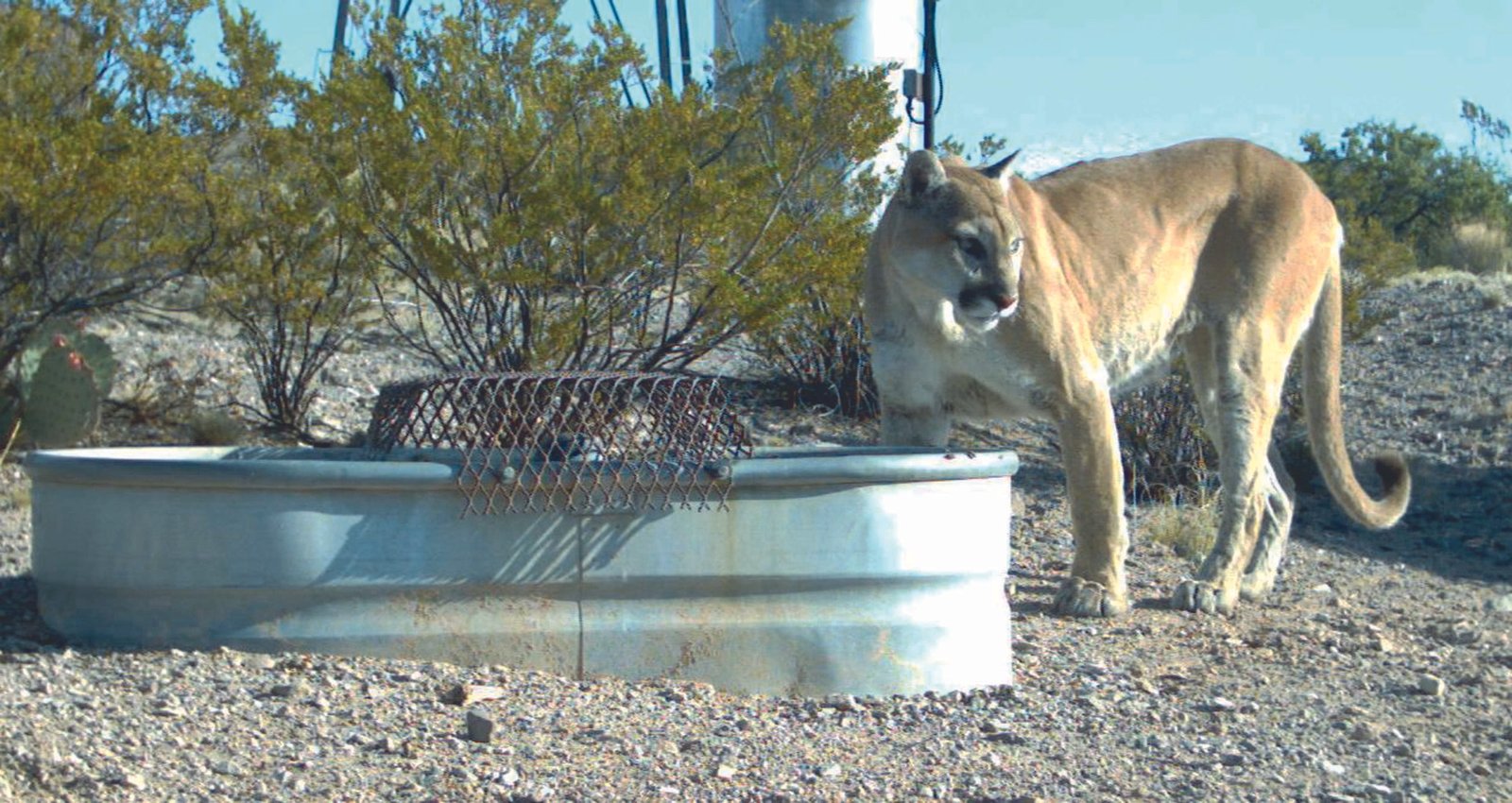
Modern tracking technology has revolutionized our understanding of urban mountain lion behavior. GPS collars provide detailed movement patterns, revealing how these cats navigate city streets, time their activities around human schedules, and select habitat in urban environments.
This technological window into their world has shown us that mountain lions are far more adaptable than previously thought. They’ve learned to use human infrastructure to their advantage, following utility easements and using storm water channels as travel corridors through otherwise hostile urban terrain.
The Conservation Success Story
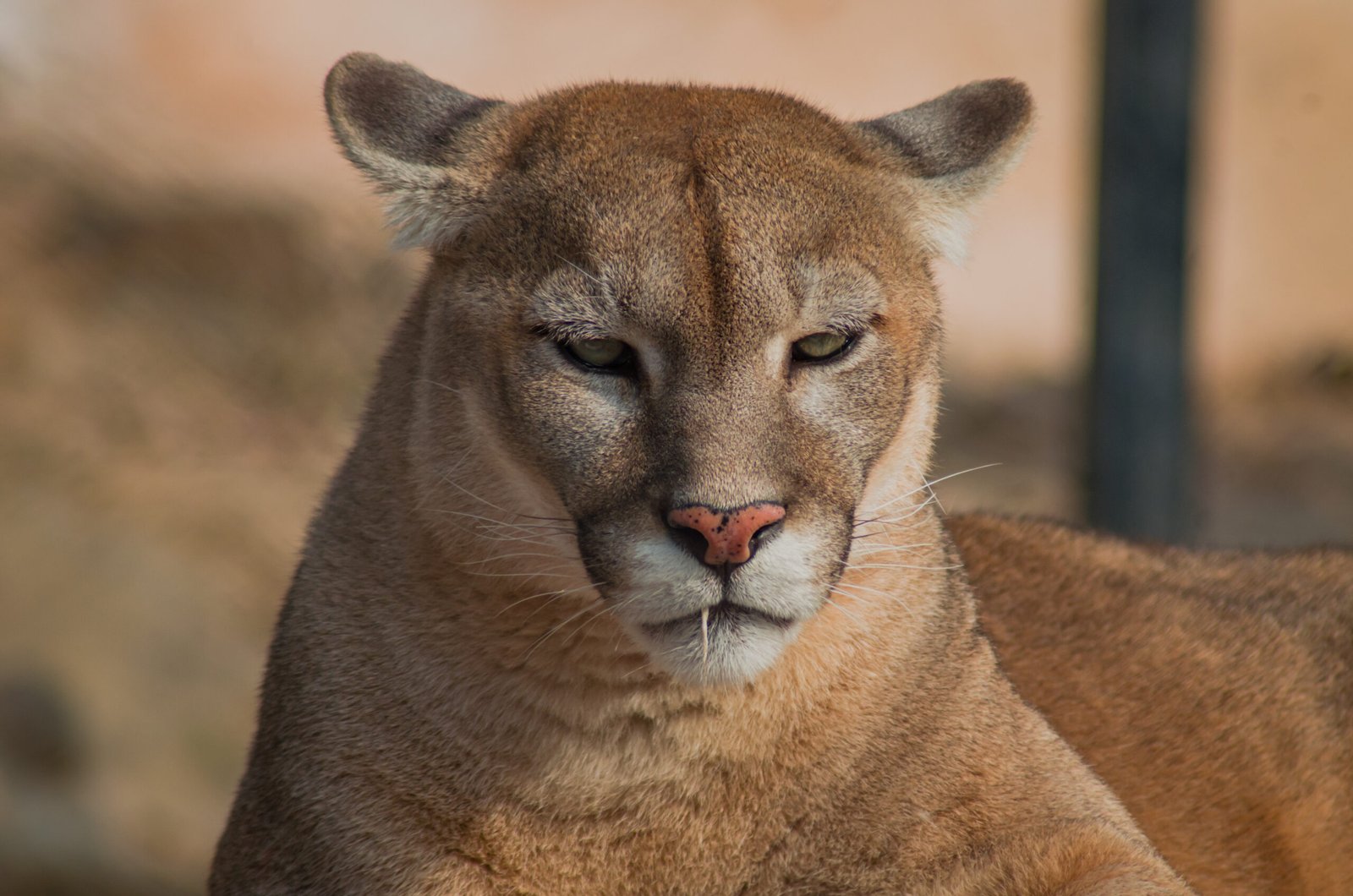
The mountain lion’s urban comeback represents one of the most remarkable conservation success stories of the modern era. After facing near-extinction in many regions due to hunting and habitat loss, these cats have demonstrated an incredible ability to adapt and thrive in human-modified landscapes.
Their recovery challenges our assumptions about wildlife conservation and urban planning. The presence of mountain lions in cities forces us to reconsider how we design communities and manage urban green spaces. These cats serve as ambassadors for a new model of coexistence between humans and large predators.
Night Vision Masters
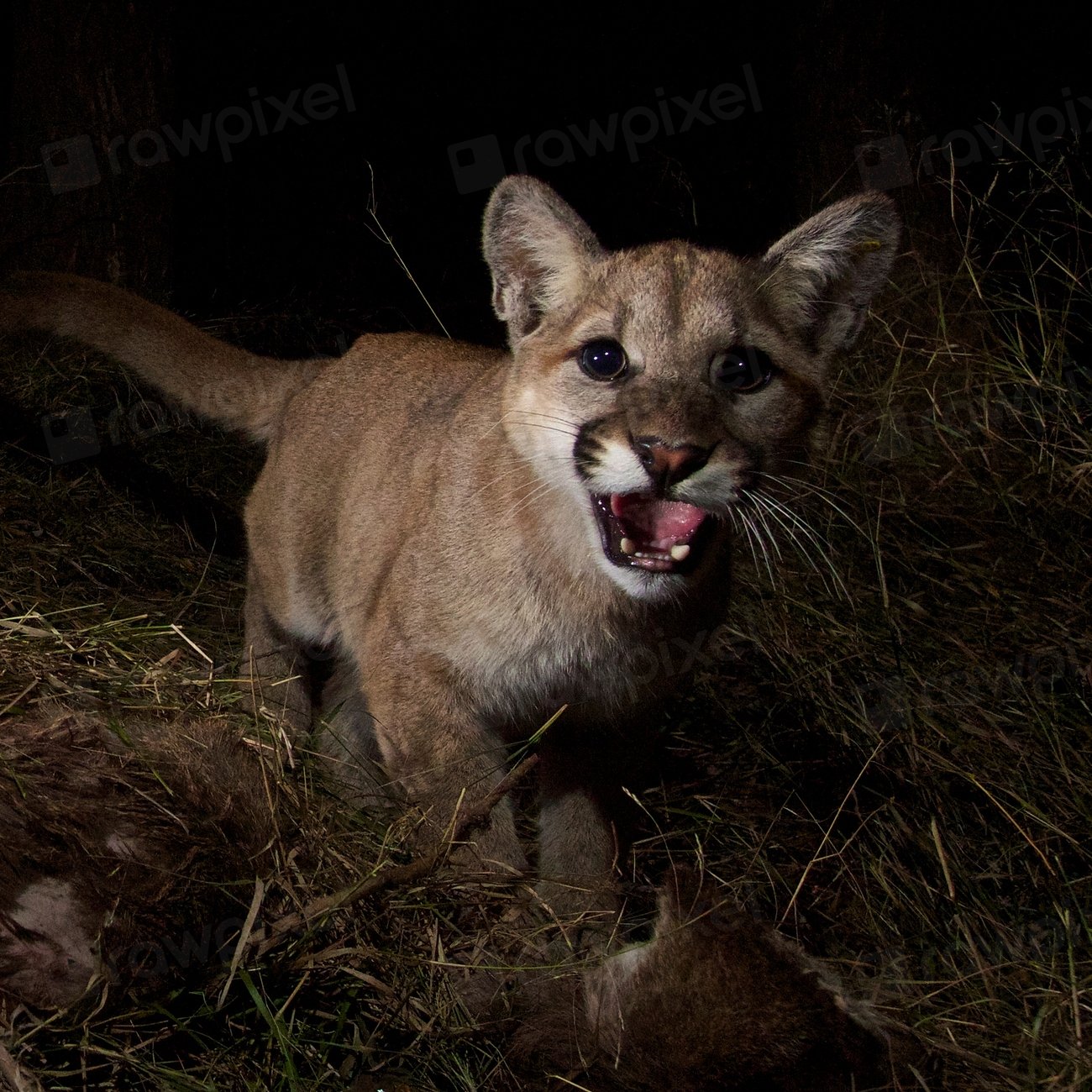
Mountain lions possess exceptional night vision, with eyes that can gather available light six times more efficiently than human eyes. This advantage makes them supremely adapted for nocturnal urban hunting, where artificial lighting creates a complex landscape of shadows and illuminated spaces.
Their ability to see in low-light conditions gives them a significant advantage in urban environments where most human activity ceases after dark. Street lights, security lights, and other artificial illumination actually enhance their hunting capabilities by creating predictable patterns of light and shadow that these intelligent predators learn to exploit.
The Future of Urban Coexistence

As cities continue to expand into traditional mountain lion habitat, the need for thoughtful urban planning becomes increasingly critical. Wildlife corridors, protected green spaces, and thoughtful development patterns will determine whether these remarkable cats continue to thrive in our urban environments.
The mountain lion’s urban success story offers hope for other large predators facing similar challenges. Their adaptability demonstrates that with proper planning and respect for wildlife needs, humans and apex predators can share the same landscapes. The future of urban wildlife depends on our willingness to design cities that accommodate both human needs and the natural behaviors of our wild neighbors.
Conclusion: Living with Urban Legends

Mountain lions have transformed from wilderness symbols into urban legends, adapting to life in our cities with remarkable grace and intelligence. Their presence in urban areas represents both a conservation triumph and an ongoing challenge that requires our continued attention and respect.
These magnificent cats remind us that the wild world isn’t as separate from our human world as we might think. Every time a mountain lion crosses a freeway overpass or drinks from a suburban swimming pool, it’s writing a new chapter in the story of urban wildlife adaptation. What would you do if you encountered one of these urban legends in your own neighborhood?
Hi, I’m Bola, a passionate writer and creative strategist with a knack for crafting compelling content that educates, inspires, and connects. Over the years, I’ve honed my skills across various writing fields, including content creation, copywriting, online course development, and video scriptwriting.
When I’m not at my desk, you’ll find me exploring new ideas, reading books, or brainstorming creative ways to solve challenges. I believe that words have the power to transform, and I’m here to help you leverage that power for success.
Thanks for stopping by, Keep coming to this website to checkout new articles form me. You’d always love it!






